“6 Wings” “2 Heads” “6 Legs” Linocuts From My Exhibition “7 Maa Ja Mere Taga” 2019


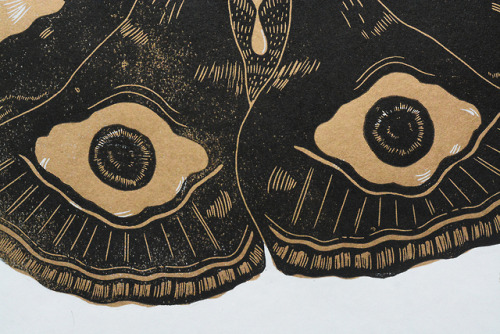
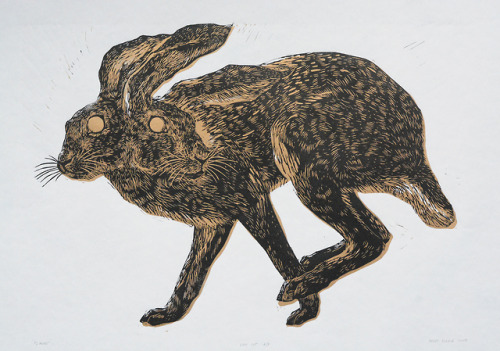
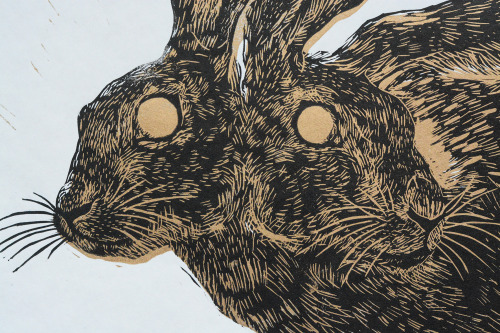
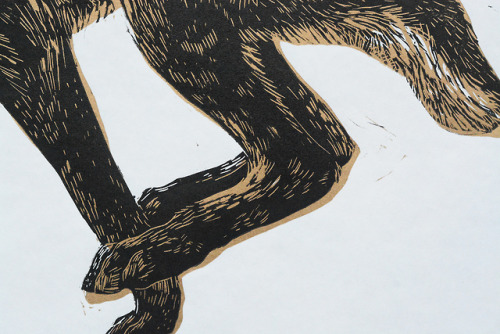
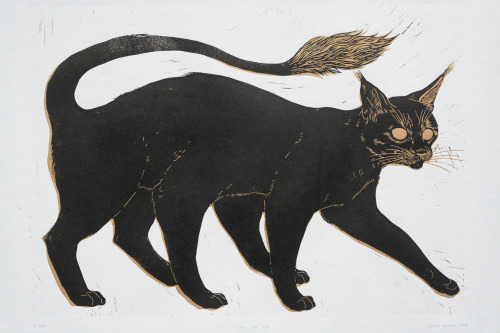
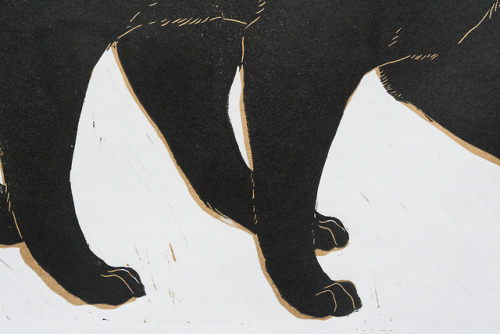
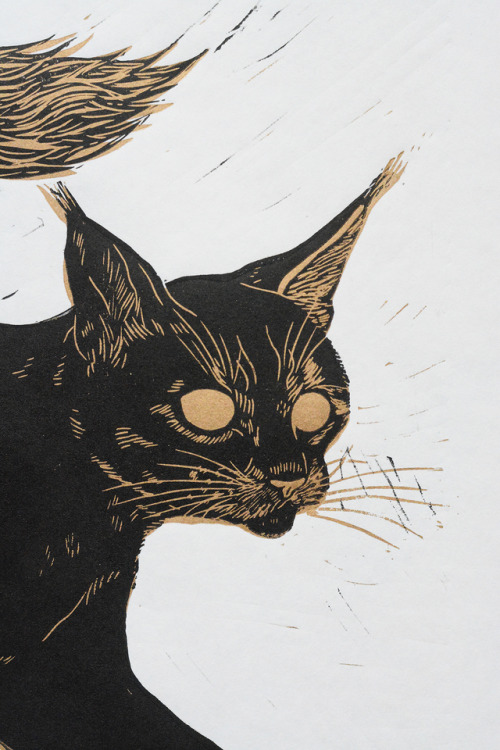
“6 wings” “2 heads” “6 legs” linocuts from my exhibition “7 maa ja mere taga” 2019
More Posts from Reaperswriting and Others





Art by jocelin carmes
a list of 100+ buildings to put in your fantasy town
academy
adventurer's guild
alchemist
apiary
apothecary
aquarium
armory
art gallery
bakery
bank
barber
barracks
bathhouse
blacksmith
boathouse
book store
bookbinder
botanical garden
brothel
butcher
carpenter
cartographer
casino
castle
cobbler
coffee shop
council chamber
court house
crypt for the noble family
dentist
distillery
docks
dovecot
dyer
embassy
farmer's market
fighting pit
fishmonger
fortune teller
gallows
gatehouse
general store
graveyard
greenhouses
guard post
guildhall
gymnasium
haberdashery
haunted house
hedge maze
herbalist
hospice
hospital
house for sale
inn
jail
jeweller
kindergarten
leatherworker
library
locksmith
mail courier
manor house
market
mayor's house
monastery
morgue
museum
music shop
observatory
orchard
orphanage
outhouse
paper maker
pawnshop
pet shop
potion shop
potter
printmaker
quest board
residence
restricted zone
sawmill
school
scribe
sewer entrance
sheriff's office
shrine
silversmith
spa
speakeasy
spice merchant
sports stadium
stables
street market
tailor
tannery
tavern
tax collector
tea house
temple
textile shop
theatre
thieves guild
thrift store
tinker's workshop
town crier post
town square
townhall
toy store
trinket shop
warehouse
watchtower
water mill
weaver
well
windmill
wishing well
wizard tower
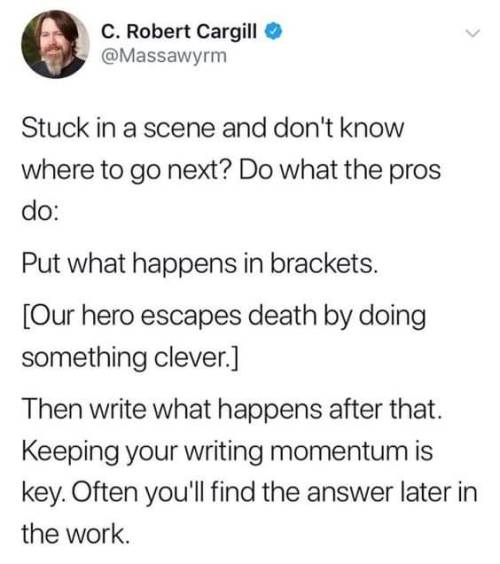
Fantasy Guide to Building A Culture
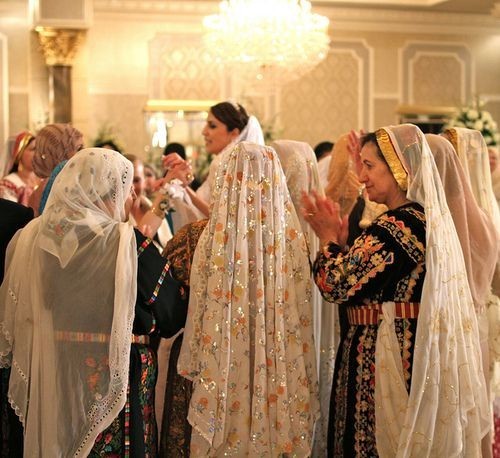
Culture is defined by a collection of morals, ethics, traditions, customs and behaviours shared by a group of people.
Hierarchy and Social Structures

Within every culture, there is a hierarchy. Hierarchies are an important part of any culture, usually do ingrained that one within the culture wouldn't even question it. Hierarchy can be established either by age, gender or wealth and could even determine roles within their society. Sometimes hierarchy can may be oppressive and rigid whilst other times, ranks can intermingle without trouble. You should consider how these different ranks interact with one another and whether there are any special gestures or acts of deference one must pay to those higher than them. For example, the Khasi people of Meghalaya (Northern India), are strictly matrillineal. Women run the households, inheritance runs through the female line, and the men of the culture typically defer to their mothers and wives. Here are a few questions to consider:
How is a leader determined within the culture as a whole and the family unit?
Is the culture matriarchal? Patriarchal? Or does gender even matter?
How would one recognise the different ranks?
How would one act around somebody higher ranking? How would somebody he expected to act around somebody lower ranking?
Can one move socially? If not, why? If so, how?
Traditions and Customs

Traditions are a staple in any culture. These can be gestures or living life a certain way or to the way a certain person should look. Traditions are a personal detail to culture, they are what make it important. Tradition can dictate how one should keep their home, run their family, take care of their appearance, act in public and even determine relationship. Tradition can also be a double edged sword. Traditions can also be restrictive and allow a culture to push away a former member if they do not adhere to them, eg Traditional expectations of chastity led to thousands of Irish women being imprisoned at the Magdelene Laundries. Customs could be anything from how one treats another, to how they greet someone.
How important is tradition?
What are some rituals your culture undertakes?
What are some traditional values in your world? Does it effect daily life?
Are there any traditions that determine one's status?
Values and Opinions

Values and Opinions are the bread and butter of any culture. This is the way your culture sees the world and how they approach different life hurdles. These may differ with other cultures and be considered odd to outsiders, what one culture may value another may not and what opinion another holds, one may not. There will be historical and traditional reasons to why these values and opinions are held. Cultures usually have a paragon to which they hold their members to, a list of characteristics that they expect one to if not adhere to then aspire to. The Yoruba people value honesty, hard work, courage and integrity. Here are some questions to consider?
How important are these ethics and core values? Could somebody be ostracised for not living up to them?
What are some morals that clash with other cultures?
What does your culture precieved to be right? Or wrong?
What are some opinions that are considered to be taboo in your culture? Why?
Dress Code
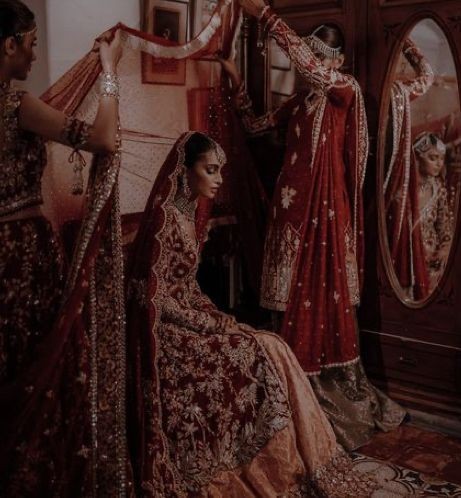
For many cultures, the way somebody dresses can be important. History and ethics can effect how one is meant to be dressed such as an expectation of chastity, can impose strict modesty. While other cultures, put more importance on details, the different sorts of clothes worn and when or what colour one might wear. The Palestinian people (من النهر إلى البحر ، قد يكونون أحرارا) denoted different family ties, marriage status and wealth by the embroidery and detailing on their thoub.
Are there traditional clothes for your world? Are they something somebody wears on a daily basis or just on occasion?
Are there any rules around what people can wear?
What would be considered formal dress? Casual dress?
What would happen if somebody wore the wrong clothes to an event?
Language

Language can also be ingrained as part of a Culture. It can be a specific way one speaks or a an entirely different language. For example, in the Southern States of America, one can engage in a sort of double talk, saying something that sounds sweet whilst delivering something pointed. Bless their heart. I have a post on creating your own language here.
Arts, Music and Craft

Many cultures are known for different styles of dance, their artwork and crafts. Art is a great part of culture, a way for people to express themselves and their culture in art form. Dance can be an integral part of culture, such as céilí dance in Ireland or the Polka in the Czech Republic. Handicrafts could also be important in culture, such as knitting in Scottish culture and Hebron glass in Palestine. Music is also close to culture, from traditional kinds of singing such as the White Voice in Ukraine and the playing of certain instruments such as the mvet.
Food and Diet

The way a culture prepares or intakes or treats certain foods are important to a culture. In some cultures, there is a diet yo adhere to, certain foods are completely banned. With Jewish culture, pork is prohibited along with fish such as sturgeon, along with shellfish and certain fowl. Meat must also be prepared in a certain way and animal byproducts such as dairy, must never be created or even eaten around this meat. This is known as kosher. The way one consumes food is also important to culture. In some cultures, only certain people may eat together. Some cultures place important on how food is eaten. In Nigerian culture, the oldest guests are served first usually the men before the women. In Japanese culture, one must say 'itadakimasu' (I recieve) before eating. Culture may also include fasting, periods of time one doesn't intake food for a specific reason.
What are some traditional dishes in your world?
What would be a basic diet for the common man?
What's considered a delicacy?
Is there a societal difference in diet? What are the factors that effect diet between classes?
Is there any influence from other cuisines? If not, why not? If so, to what extent?
What would a typical breakfast contain?
What meals are served during the day?
What's considered a comfort food or drink?
Are there any restrictions on who can eat what or when?
Are there any banned foods?
What stance does your world take on alcohol? Is it legal? Can anybody consume it?
Are there any dining customs? Are traditions?
Is there a difference in formal meals or casual meals? If so, what's involved?
Are there any gestures or actions unacceptable at the dinner table?
How are guests treated at meals? If they are given deference, how so?
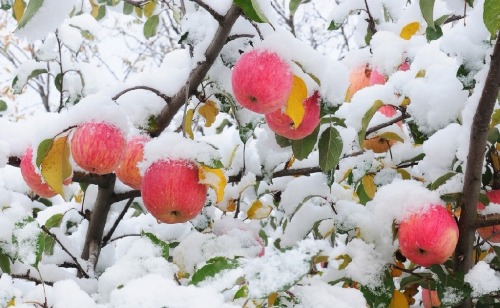








apples trees in winter snow
Know what I’m salty about?
In all my art classes, I was never taught HOW to use the various tools of art.
Like yes, form, and shape and space and color theory and figure drawing is important, but so is KNOWING what different tools do.
I’m 29 and I JUST learned this past month that India Ink is fucking waterproof when it dries. Why is this important? Because I can line something in India Ink and then go over it with watercolors. And that has CHANGED the ENTIRE way I art and the ease I can create with.
tldr: Art Teachers: teach your students what different tools do. PLEASE.


Hello, everyone!
Now your group can explore a mine that is rich in a mineral from another dimension! This mine has just begun operations recently, and a strange crystal with powerful properties is being mined to create powerful artifacts.
But soon after, the miners start to mysteriously vanish and creatures from another world start pouring out of the rift! Your players can help the miners clean out the mine and have access to a strange world underground.
The creature tokens for this map are a Deep Flesh Devourer, a Deep Spider Aberration and a Dwarf Grenadier. Emerald tier gets the Deep Spider Aberration while Diamond tier gets all three. In addition, Sapphire tier gets extra creature token variants.
You can see a preview of all of this week’s Patreon content here.
Thank you very much for taking a look and be sure to check out my Patreon where you can pledge for gridless version, alternate map versions as well as the tokens pertaining to this map.
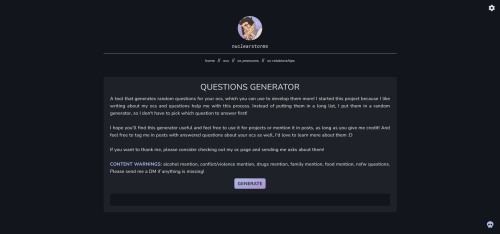



TOOL: OC QUESTIONS GENERATOR
a neat little generator that gives you a random question for your ocs! find it here // support me on ko-fi
>> FEATURES
over 600 different questions, covering every aspect of character building
easy to use, no unnecessary distractions, just a very straightforward generator
content warnings on the page itself, as well as in the first screenshot
>> NOTES
please send me a dm if there’s a content warning missing, i’ll add it to the page immediately!
if you have any ideas for questions, feel free to let me know and if they’re not on the list already, i’ll add them!
feel free to use this tool for personal projects or tell your friends about it, as long as you don’t try to steal the code of the page or claim the generator as your own :)
i do not take credit for all the questions in this generator, i’ve gathered them at some point from both my own brain as well as stuff online
likes are always welcome, reblogs much appreciated!
Writing Notes: Dystopian World

The Physical World
What is the landscape of your world?
What is the climate of your world?
What do people (if applicable) look like?
What do animals (if applicable) look like?
What types of clothes do people wear?
What do houses or living quarters look like?
When does your story take place?
Where? On the earth we know, a distant planet, or an alternate reality?
Culture and Society
What are some commonly held beliefs in this society?
What type of government do they have?
Who is in power?
How did they become powerful?
How intrusive is government in daily lives?
What form of propaganda is used (if any)?
What is the history of this society?
What is the society’s biggest fear?
What is the society’s most positive feature?
What are the values of this society?
What are the social classes?
Why are there social classes?
What is the ethnic diversity, if any?
What are the gender roles?
What, if any, religion do they practice?
What language do they speak?
Is the entire world affected and how?
How do people get food?
Is there money? What type?
Character Development
Is your character alone?
Why is he alone?
Does your character have friends?
What motivates your character?
How do the characters interact with the dystopian society?
How do they interact with each other?
Source ⚜ Writing Notes & References
-
 leforetenchante liked this · 1 month ago
leforetenchante liked this · 1 month ago -
 conifae liked this · 1 month ago
conifae liked this · 1 month ago -
 gardengnomegang liked this · 1 month ago
gardengnomegang liked this · 1 month ago -
 tolls4thee reblogged this · 2 months ago
tolls4thee reblogged this · 2 months ago -
 agentukelele reblogged this · 3 months ago
agentukelele reblogged this · 3 months ago -
 viiviidlly reblogged this · 3 months ago
viiviidlly reblogged this · 3 months ago -
 decaffeinatedheartlight liked this · 4 months ago
decaffeinatedheartlight liked this · 4 months ago -
 cankoking liked this · 4 months ago
cankoking liked this · 4 months ago -
 2manyteeth liked this · 4 months ago
2manyteeth liked this · 4 months ago -
 bugs-in-him-tuesday liked this · 4 months ago
bugs-in-him-tuesday liked this · 4 months ago -
 mobilesuitmushroom reblogged this · 4 months ago
mobilesuitmushroom reblogged this · 4 months ago -
 vrpltransdyke reblogged this · 4 months ago
vrpltransdyke reblogged this · 4 months ago -
 logicked reblogged this · 4 months ago
logicked reblogged this · 4 months ago -
 peggingchrisredfield reblogged this · 4 months ago
peggingchrisredfield reblogged this · 4 months ago -
 meanderfall reblogged this · 4 months ago
meanderfall reblogged this · 4 months ago -
 pomeloeater liked this · 4 months ago
pomeloeater liked this · 4 months ago -
 ihave8eyes liked this · 6 months ago
ihave8eyes liked this · 6 months ago -
 dandeliongums reblogged this · 6 months ago
dandeliongums reblogged this · 6 months ago -
 mirrix reblogged this · 6 months ago
mirrix reblogged this · 6 months ago -
 vividly-gone reblogged this · 7 months ago
vividly-gone reblogged this · 7 months ago -
 between-myself-and-me liked this · 7 months ago
between-myself-and-me liked this · 7 months ago -
 aringsideseat reblogged this · 7 months ago
aringsideseat reblogged this · 7 months ago -
 tqnsq reblogged this · 7 months ago
tqnsq reblogged this · 7 months ago -
 dolliecelestia777 reblogged this · 7 months ago
dolliecelestia777 reblogged this · 7 months ago -
 lawmonade liked this · 7 months ago
lawmonade liked this · 7 months ago -
 ladyimaginarium reblogged this · 7 months ago
ladyimaginarium reblogged this · 7 months ago -
 lizofalltrades reblogged this · 7 months ago
lizofalltrades reblogged this · 7 months ago -
 kermiting-a-felony reblogged this · 7 months ago
kermiting-a-felony reblogged this · 7 months ago -
 fae-rebels reblogged this · 7 months ago
fae-rebels reblogged this · 7 months ago -
 trashpanda499 reblogged this · 7 months ago
trashpanda499 reblogged this · 7 months ago -
 trashpanda499 liked this · 7 months ago
trashpanda499 liked this · 7 months ago -
 hallaig reblogged this · 7 months ago
hallaig reblogged this · 7 months ago -
 zervihel reblogged this · 8 months ago
zervihel reblogged this · 8 months ago -
 flamefirenut liked this · 8 months ago
flamefirenut liked this · 8 months ago -
 hellsgardenofroses liked this · 8 months ago
hellsgardenofroses liked this · 8 months ago -
 foxfootunderscore liked this · 8 months ago
foxfootunderscore liked this · 8 months ago -
 illmamnim-spamming reblogged this · 8 months ago
illmamnim-spamming reblogged this · 8 months ago -
 illmamnim-spamming liked this · 8 months ago
illmamnim-spamming liked this · 8 months ago -
 skvaders reblogged this · 8 months ago
skvaders reblogged this · 8 months ago -
 adventurousimpulse liked this · 8 months ago
adventurousimpulse liked this · 8 months ago -
 nyctarian reblogged this · 8 months ago
nyctarian reblogged this · 8 months ago -
 bareminimumanarchy liked this · 8 months ago
bareminimumanarchy liked this · 8 months ago -
 chloisin reblogged this · 8 months ago
chloisin reblogged this · 8 months ago -
 aclimaxw-c0ffe3 reblogged this · 8 months ago
aclimaxw-c0ffe3 reblogged this · 8 months ago -
 d0cnada liked this · 8 months ago
d0cnada liked this · 8 months ago -
 deep-eros reblogged this · 8 months ago
deep-eros reblogged this · 8 months ago

23, Australian, this is where I'm dropping my writing inspo and pieces.
90 posts